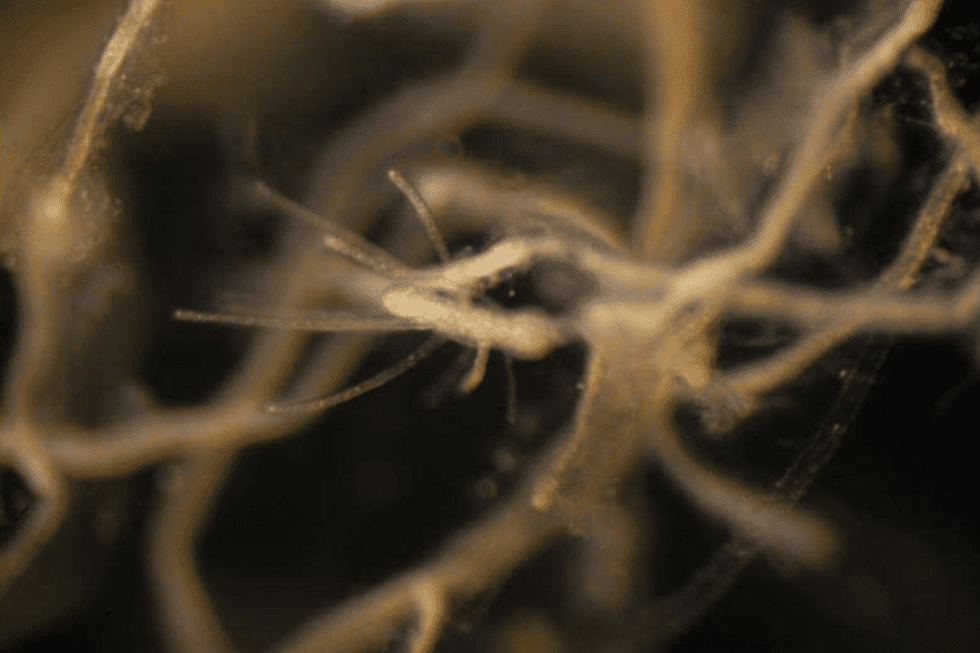The jellyfish Turritopsis dohrnii can live forever (at least in principle), according to research conducted by a team at the Universidad de Oviedo in Spain.
In a recent study, the researchers discussed sequencing the genomes of two closely related species of jellyfish to see whether they could identify any relevant changes. The findings are genuinely intriguing.
Read out below for more details about the ‘vampire jellyfish.’
What It Really Takes to Live Forever?
Probably too much to even imagine! But not for a jellyfish that continues to live its life, on and on and on again.
The jellyfish in question, scientifically known as T. dohrnii, actually begins its existence as a larva wandering around in the water. It eventually clings to the seafloor, and shortly after, it grows as polyps. As east as that could be, it’s, in fact, more than meets the eye, especially for scientists.
So, how’s that possible?

After that process, the jellyfish continually clone themselves to establish a colony!
When the colony reaches maturity, it starts to produce mature medusas. And suppose the vampire jellyfish ever gets in trouble. In that case, it can change into a cyst resembling its original polyp, attach to the seafloor in a new spot, and begin the cycle on and on again – similar to a recycling effect.
Study insights
Whole genome sequencing was carried out on samples collected by the researchers and compared to a close relative of the vampire jellyfish, the Turritopsis rubra, which is not immortal.
Next, the researchers searched for the genetic distinctions between the two and found that one could live forever while the other died right when danger approached.
The findings are impressive.
What’s more intriguing is that researchers discovered that compared to T. rubra, T. dohrnii has twice as many genes involved in gene repair and protection. They also saw the several genes involved in development altered back to how they were when the jelly was still a ‘baby.’ That’s genuinely fascinating!












Leave a Reply